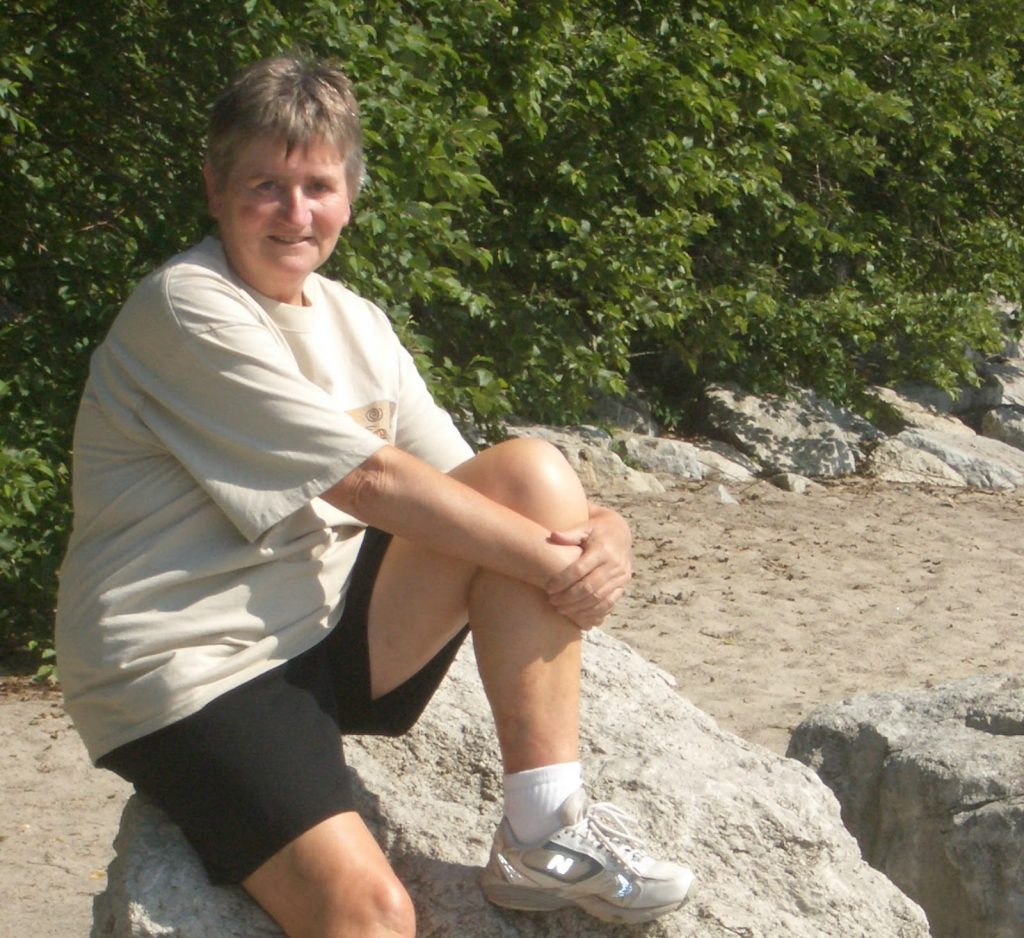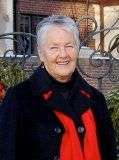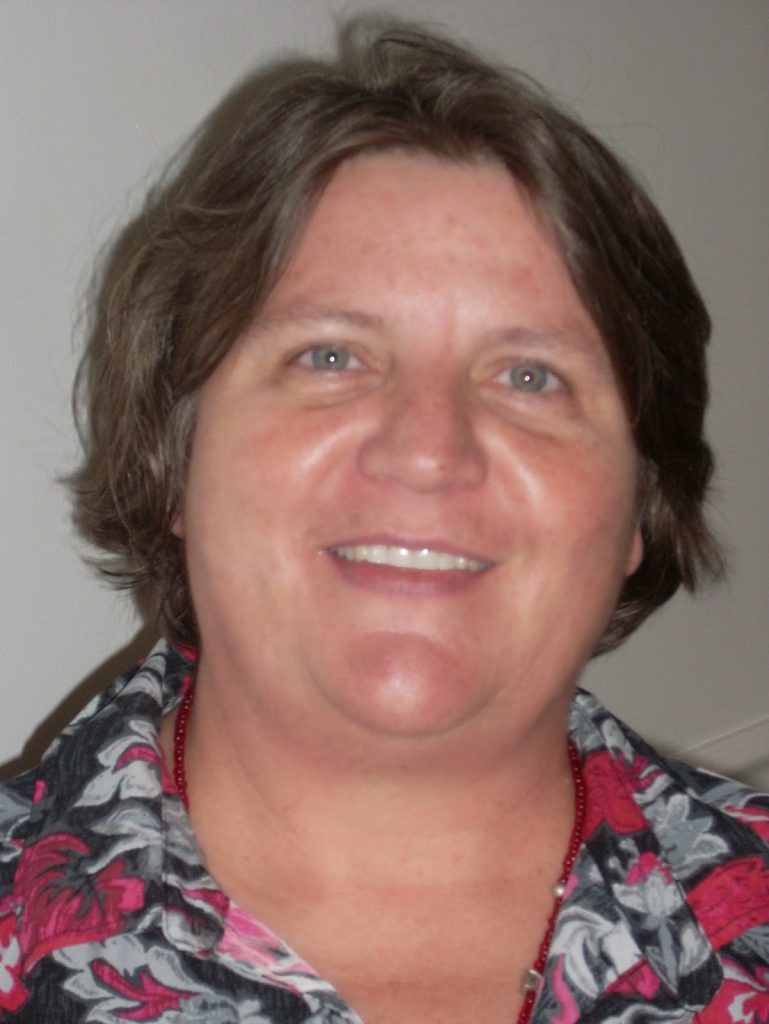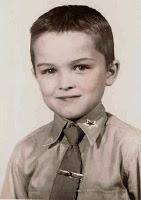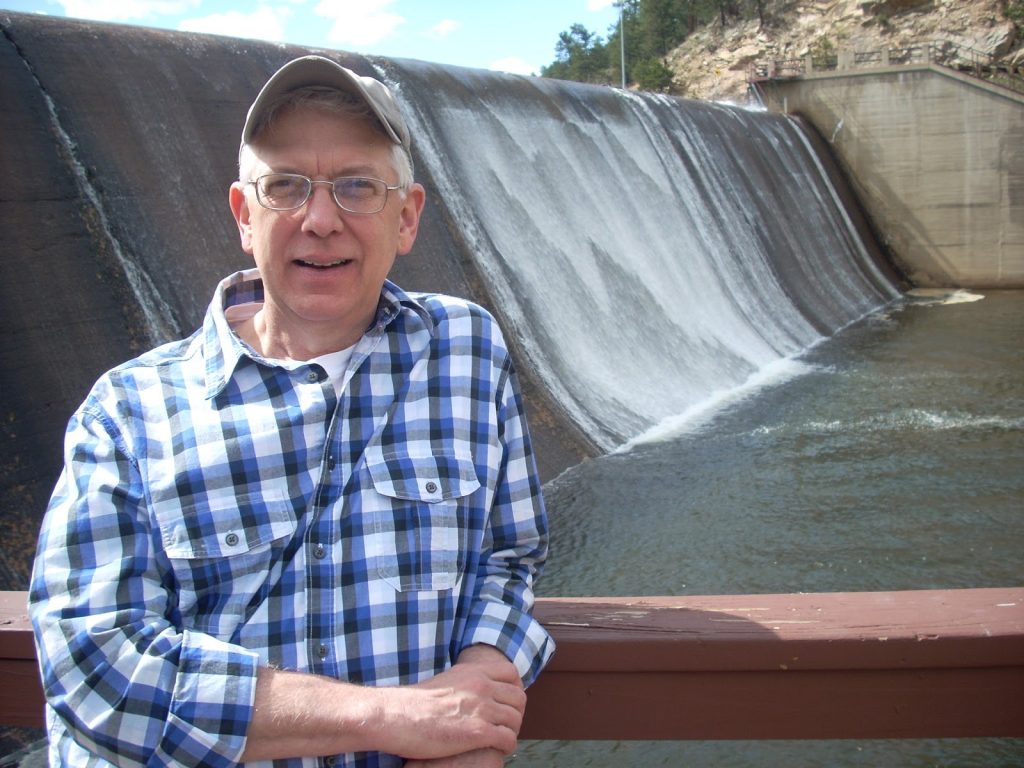I didn’t break into Gay Culture but rather carefully walked in prepared for my entrance by my good friend Ted. Over many years he had coached me, revealed the ins and outs of much of the culture by taking me to gay bars, introducing me to gay people, teaching me the language both spoken and unspoken, introducing me to gay novels, showing me more of his life than I really asked to see, and talking endlessly with me about gay experience. His tutoring took on a different seriousness when in my mid-thirties I told him I’d made it with another man, a friend of mine he’d met years before. From that point on, Ted simply assumed I was gay whatever non-gay decisions I made. His assumption led him to open even more of himself to me rather than shield me from realities that would certainly become important should I leave my marriage and go gay full time! Ted was my effective educator.
About two months after my wife and I separated I made my entry into a world I had only studied. Three blocks from my apartment I entered a bar named The New Age Revolution, a bar I had seen while walking with my wife and had wondered if it could be gay. Why else would it have such a name in Tulsa, Oklahoma? I had thought about when I would be ready to go alone to such a place, thought about when I’d go there as a gay man. Would I be courageous enough to do so? Of course, I would. After all, I didn’t separate from a twenty-nine-year-long, perfectly fine marriage to an understanding and lively woman whom I adored without intending to live a fully open gay life. I had already begun preparing to leave my profession of thirty-two years, one in which I realized I would not be able to live openly gay. So I glanced in the mirror, took off my tie, straightened my clothes, walked out the apartment, descended sixteen floors in the elevator, waved at the security guard, exited the building, and walked those three blocks down to the bar. I went early, way too early according to Ted’s instruction. He taught me never to show up before ten. I’m sure I was there at nine. I suppose it was a weeknight; I had to work the next day. The place was nearly deserted. There was music. A few people stood around talking to one another. I went up to the bartender, said “Hi,” and ordered a beer; I don’t recall what kind of beer but it was in a bottle. While I slowly sipped at my drink, I looked around at the decorations. This place just had to be gay. I couldn’t imagine any other saloon that would display a decorated dildo on the wall behind the bar. I was pretty sure I had made it to the right place.
This was not only the first time I had been alone in a gay bar; I’m sure it was the first time I’d been alone in any bar. I grew up in a dry state with a prohibitionist mother and had married a tea totaler. I had drunk beers on occasion, but had never gone to a bar before I was in my thirties and living away from Kansas. I had rarely even paid for a drink. I thought about a gay friend of mine who said he sometimes went to gay bars simply for the spiritual aspect of it, as a point of identity, participation, and presence. I stood in the bar that night not talking to anyone, thinking about how being there certainly was a kind of spiritual experience, one of great importance to me. I was finally present publically as a gay man. There I was beginning my future life as openly gay.
I drank another beer. Finally I nodded to the bartender, left a generous tip (changes must be commemorated with great generosity), and exited the door. I walked thoughtfully up the hill all the time watching peripherally for anyone that might have seen me leave the place; after all I was in Oklahoma. I entered the apartment building and returned to my home. I suspect I played music and messed around with some art project. I thought about making gay saints for my next series of mixed media works. Would I become one I wondered?
That evening I walked into a bar but wasn’t breaking into gay culture. Actually I was breaking out of several important, long-standing straight relationships. My entering gay culture passed as quietly as that first night in a gay bar by myself, and I’ve never regretted that short walk some fifteen years ago.© Denver, 2012
About the Author
Phillip Hoyle lives in Denver and spends his time writing, painting, and socializing. In general he keeps busy with groups of writers and artists. Following thirty-two years in church work and fifteen in a therapeutic massage practice, he now focuses on creating beauty. He volunteers at The Center leading the SAGE program “Telling Your Story.”
He also blogs at artandmorebyphilhoyle.blogspot.com




